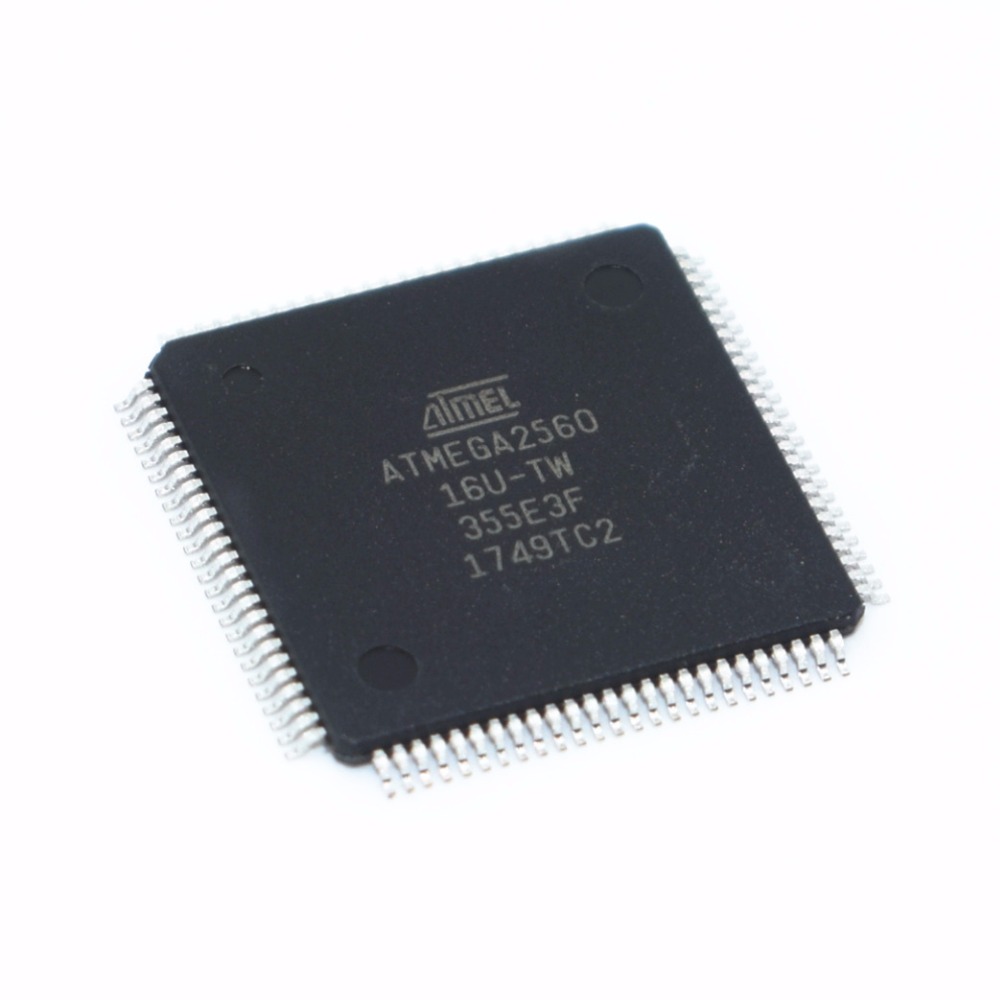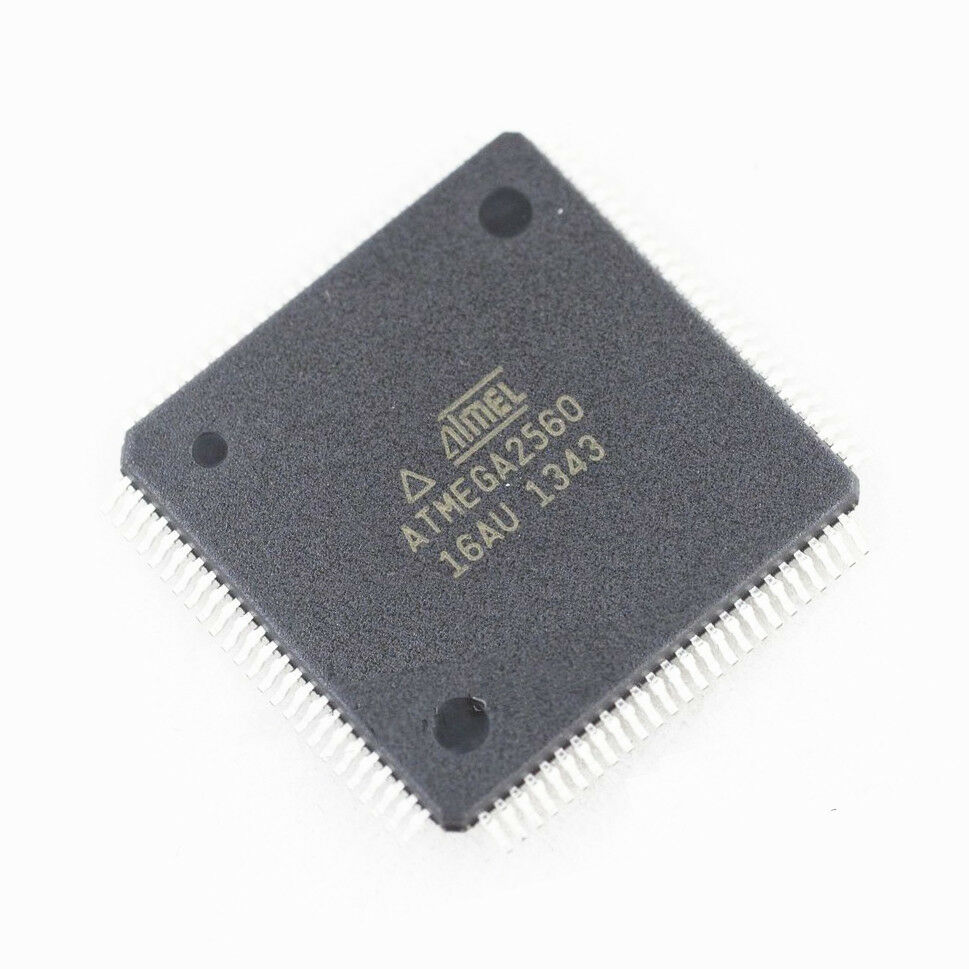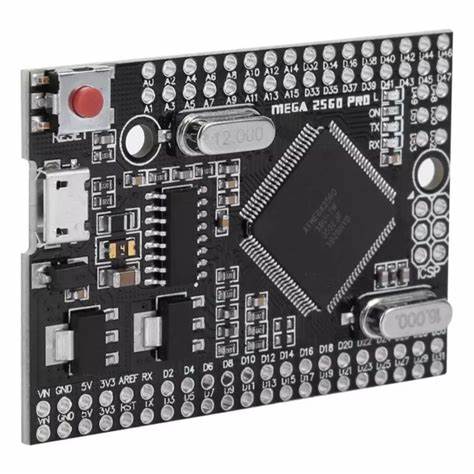Unlock Microchip ATmega2560 Microcontroller Flash Heximal
Unlock Microchip ATmega2560 Microcontroller Flash Heximal and read mcu atmega2560 flash memory program and copy the binary to new MCU which can be viewed as recovery of microprocessor atmega2560 original firmware;

The ALU supports arithmetic and logic operations between registers or between a constant and a register. Single register operations can also be executed in the ALU. After an arithmetic operation, the Status Register is updated to reflect information about the result of the operation.
Program flow is provided by conditional and unconditional jump and call instructions, able to directly address the whole address space to extract atmega2560 flash code. Most AVR instructions have a single 16-bit word format. Every program memory address contains a 16-bit or 32-bit instruction.

Program Flash memory space is divided in two sections, the Boot Program section and the Application Program section. Both sections have dedicated Lock bits for write and read/write protection. The SPM instruction that writes into the Application Flash memory section must reside in the Boot Program section.

During interrupts and subroutine calls, the return address Program Counter (PC) is stored on the Stack. The Stack is effectively allocated in the general data SRAM, and consequently the Stack size is only limited by the total SRAM size and the usage of the SRAM. All user programs must initialize the SP in the Reset routine (before sub- routines or interrupts are executed) when cracking atmega2560 microcontroller fuse bit over its flash memory protection. The Stack Pointer (SP) is read/write accessible in the I/O space. The data SRAM can easily be accessed through the five different addressing modes supported in the AVR architecture.
The memory spaces in the AVR architecture are all linear and regular memory maps.
Tags: копия Microchip ATmega2560 Microcontroller Flash Heximal,разблокировать микроконтроллер Microchip ATmega2560 Flash Heximal,читать Microchip ATmega2560 Microcontroller Flash Heximal,экстракт Microchip ATmega2560 Microcontroller Flash Heximal

